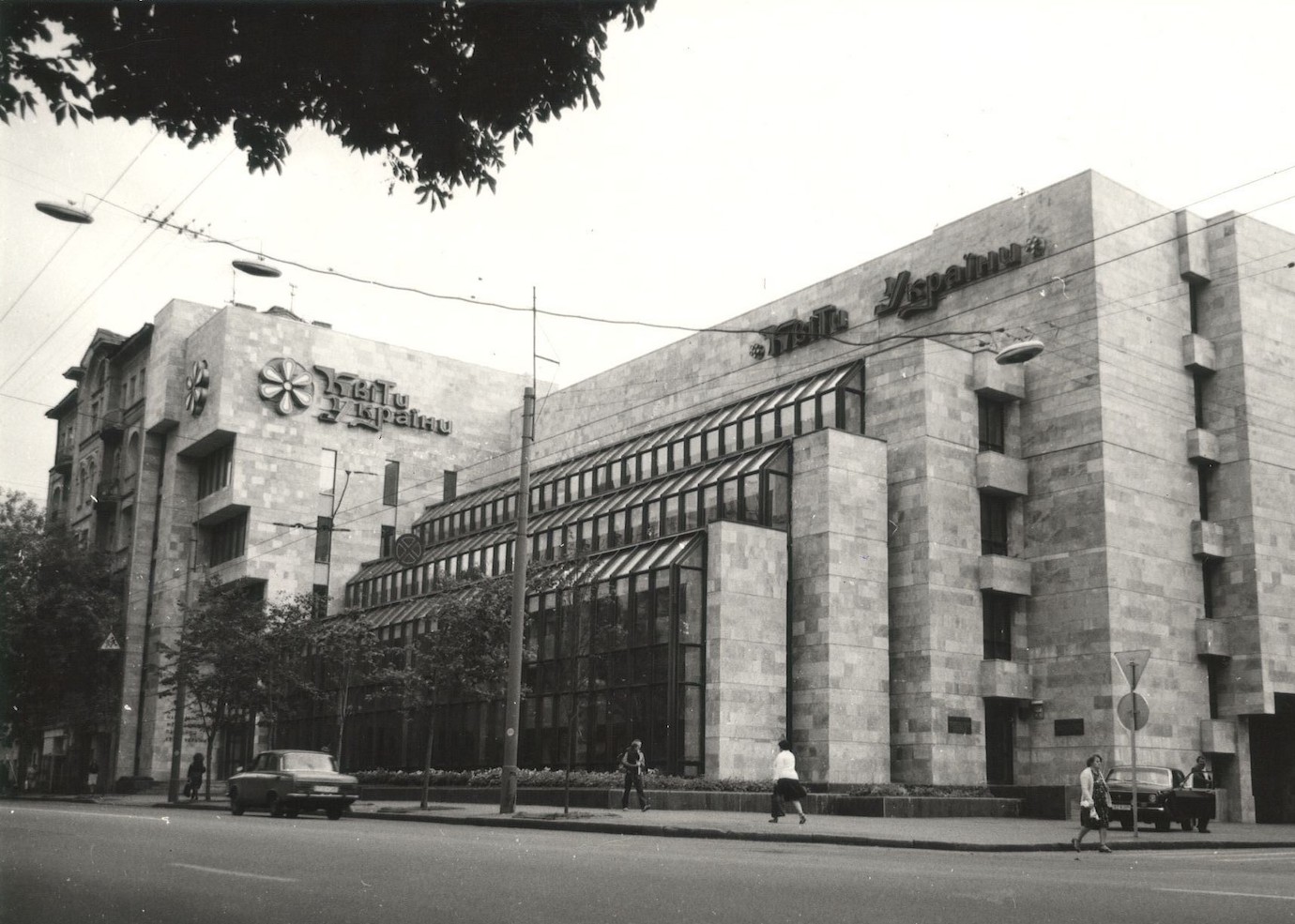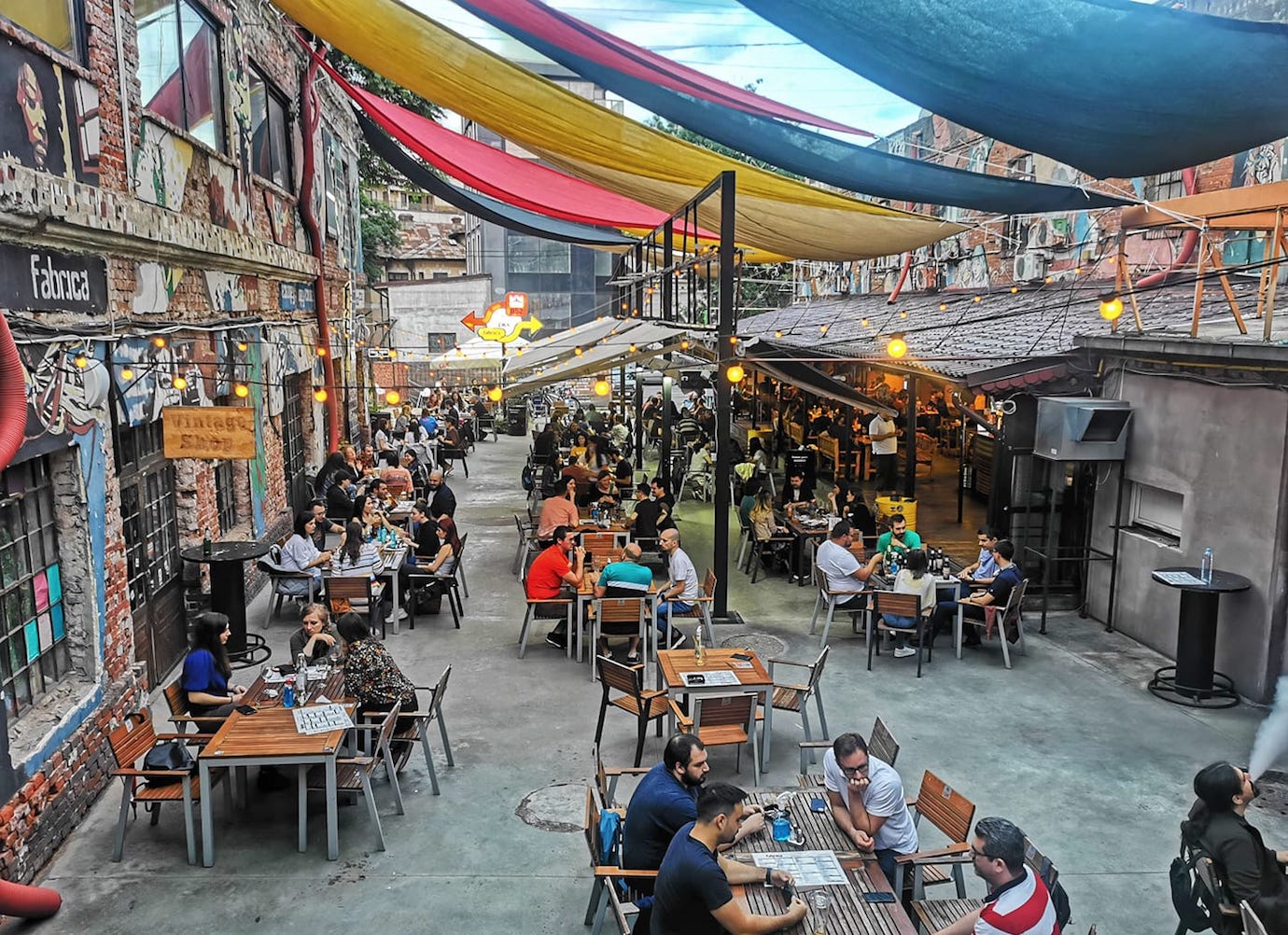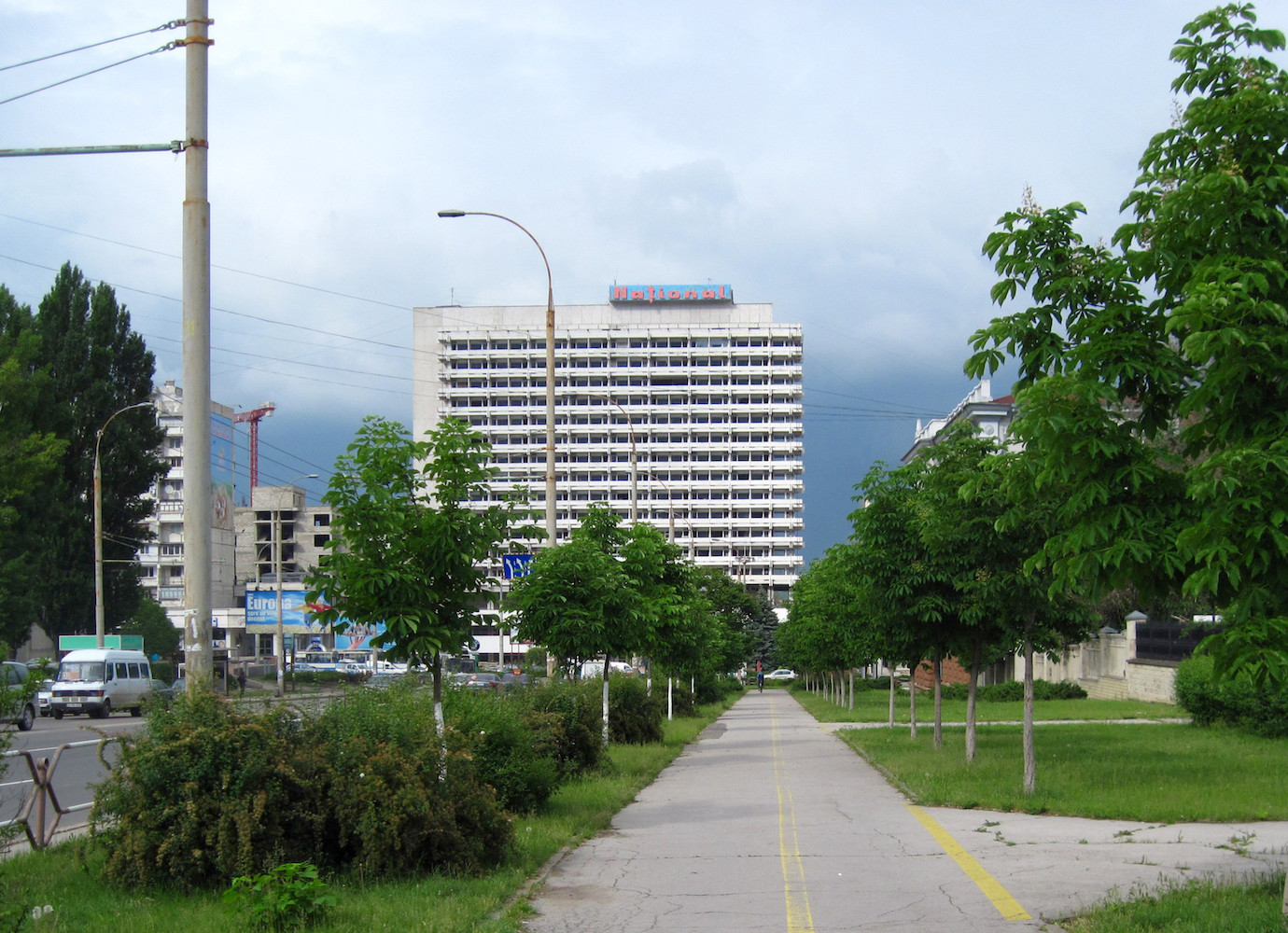The story behind Kyiv’s Flowers of Ukraine, the modernist greenhouse that miraculously escaped demolition | Concrete ideas

Built during the late socialist modernist era of the 70s and 80s, Kyiv’s monumental architecture has always attracted attention to the Ukrainian capital — not least by serving as a backdrop for star-studded music videos for the likes of Zayn, Miley Cyrus, and Coldplay.
Yet despite attracting tourists and forging a major part of Kyiv’s unique visual landscape, such buildings are rarely protected by the Ukrainian authorities. That includes the five-storey flower shop, greenhouse, and research centre called the Flowers of Ukraine, which protesters saved from demolition after it was earmarked for destruction by local developers.
Designed by one of Ukraine’s most influential architects, the now 81-year-old Mykola Levchuk, Flowers of Ukraine aimed to create an urban oasis in the centre of the city. When it was opened in the mid-80s, the cascading building won the USSR Architects’ Union’s Building of the Year prize.
Levchuk’s work was indeed visionary and innovative. Back in the late 1970s, Soviet officials in Kyiv had commissioned the building as a market centre for flower sellers. Levchuk, however, wanted to create a public space where not only people, but plants would feel comfortable. He designed a limestone structure that would let in as much light as possible, with metal flower sculptures and stained-glass panels decorating gargantuan windows. Flower beds were planted in the courtyard, while a grapevine was left to claim one of the building’s walls, purifying the air and breaking up the structure’s necessary hulking mass.
The fall of the Soviet Union ultimately saw the underfunded building come up against increasing financial difficulties, and its owners began to rent some of its space to small businesses at the beginning of the 00s. Eventually, a real estate developer — also called PrJSC Flowers of Ukraine — acquired the space. They planned to remodel much of the building and erect a glass-walled shopping and office centre in its place.
Construction work started on 12 July 2021. But by this time, outraged conservationists had also had time to organise. Dozens of activists occupied the building, stopping bulldozers in their tracks shortly after they had destroyed the atrium and uprooted the historic grapevine.
Kyiv authorities reacted by halting the destruction. In a first-of-its-kind ruling, a court later found that developers had violated copyright law after promising to review their plans with original architect Mykola Levchuk, but later reneging on the arrangement.
Many Ukrainians see the victory as a key moment in Ukraine’s relationship with its modernist heritage. Activists, however, remain wary. “We will return to round-the-clock surveillance if the problem escalates,” the activist group Save Flowers of Ukraine wrote on Instagram. “But now, our fight is moving to the legal plane.”
.jpg)

